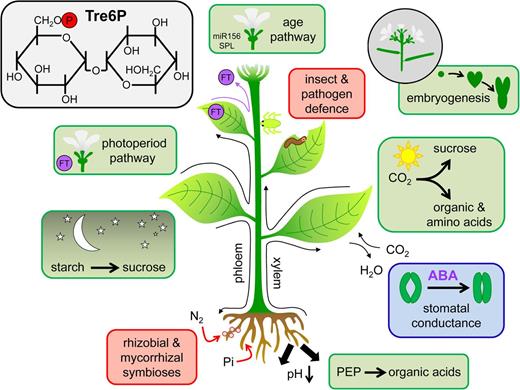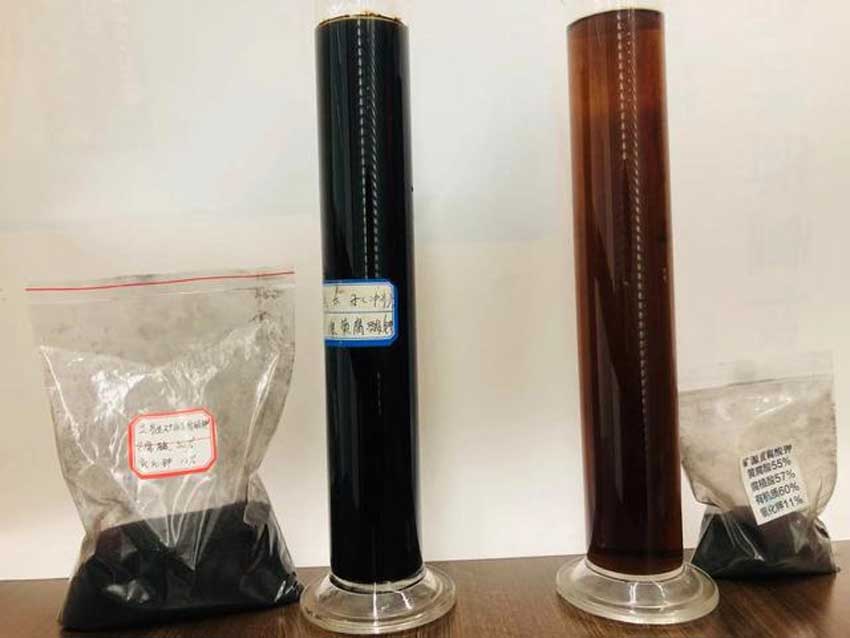Leonardite, commonly known as exposed coal. Generally refers to the coal mine of lignite, bituminous coal and anthracite that are close to or exposed to the surface, and through infiltration and weathering of air, sunlight, rain and snow, sandstorm, freezing and the like.

The weathered coal in China is rich in reserves, according to incomplete statistics, about 10 million tons. Most of the country has weathered coal, Shanxi, Xinjiang, Inner Mongolia, Heilongjiang, Yunnan and Henan, part of these districts has large reserves.
Leonardite
The leonardite has high oxygen content and low calorific value. And has lost the value of the power fuel and the coking coal. But generally, the leonardite contains a large amount of regenerated humic acid (HA) and a plurality of oxygen-containing active functional groups. Such as Carboxygroup, phenolic hydroxyl group, quinyl group, alcohol hydroxyl group and the like.
And the humic acid content of the weathered coal which is generally good in quality can be up to more than 50 percent. So that the new utilization value of the weathered coal is also endowed. Humic acid is an important organic part of most soil.
At present, the soil quality of our country is relatively low. The soil degradation is more serious. Not only the degraded area is large, but also the phenomena of soil erosion, soil desertification, acidification and salinization continue to expand.
With the increase of industrial and urban pollution, the heavy metal pollution and organic pollution of the soil are becoming more and more serious. The application of leonardite to soil improvement not only can change waste into valuable. But also can effectively improve soil degradation and pollution. At present, great progress has been made in this direction.
Leonardite humic acid

The leonardite humic acid is a mixture of a plurality of condensed aromatic hydrocarbon groups which can be dissolved in a dilute caustic (KOH, NaOH) solution by a complex function such as biochemistry or the like or oxidation (including weathering) of a coal-forming substance.
It has no thermoplastic or elastic component. Not melted and does not crystallize. An amorphous high-molecular colloid.In a black or brown clloid state. At the time of drying, the appearance has a shell-like fracture, and the color and the density increase with the coalification degree of the coal.
The humic acid, which was observed under an electron microscope of 12,000 times, was a kind of aggregation similar to that of the grape string. Linked by very small spherical particles to form a line.
The element composition of humic acid is similar to that of coal. It is mainly composed of elements such as carbon, hydrogen, oxygen, nitrogen and sulfur. Its molecule is a macromolecule composed of several similar structural units.
Each structural unit consists of three main parts of an aromatic core, a bridge key and an active group:
- The aromatic nucleus: The humic acid aromatic nucleus is composed of 5 to 6 aromatic rings or a heterocyclic ring. Such as it is composed of a ring which is composed of a benzene, a carbon atom, a sulfur atom, a carbon disulfide, a baboon, a baboon, a baboon, a baboon, and the like.
- Bridge key: a single-bridge key and a double-bridge key connected with the humic acid aromatic core. The bridge key is-CH2-,-O-,-S-bonds, and the like.
- Active group: The aromatic nucleus of humic acid is provided with several active groups. Mainly including phenolic hydroxyl group, alcohol hydroxyl group, phenyl group, methoxy group and the like. Because of the existence of these groups, the humic acid has the characteristics of acidity, hydrophilicity, cation exchange property and complex metal ion.






